Explore the rich legacy of Africans in Islam.
These 20 books are a good starting point to learn about race and African Muslim history.
These 20 books are a good starting point to learn about race and African Muslim history.
1. Illuminating the Darkness: Blacks and North Africans in Islam by Habeeb Akande
"This is a timely work. With black people in the US beginning finally to emerge from the centuries of degrading slavery and the false start of the Civil Rights movement, and with Africa itself increasingly looking to be the continent of the future for Islam, nothing written in this area is without politics. The reader needs no other discrimination while reading this book than the one the author strives to make clear throughout: the din (religion) of Islam is not only free of racism but is utterly opposed to it as the most aberrant form of jahiliyyah (ignorance). This is clear in the Qur’an, the Sunnah and in the extensive hadith literature. Indeed, Muslims today are themselves surprisingly free of the gross racism that the average American lives with as his quotidian reality, as people like Malcolm X found." - Abdassamad Clarke
"This is a timely work. With black people in the US beginning finally to emerge from the centuries of degrading slavery and the false start of the Civil Rights movement, and with Africa itself increasingly looking to be the continent of the future for Islam, nothing written in this area is without politics. The reader needs no other discrimination while reading this book than the one the author strives to make clear throughout: the din (religion) of Islam is not only free of racism but is utterly opposed to it as the most aberrant form of jahiliyyah (ignorance). This is clear in the Qur’an, the Sunnah and in the extensive hadith literature. Indeed, Muslims today are themselves surprisingly free of the gross racism that the average American lives with as his quotidian reality, as people like Malcolm X found." - Abdassamad Clarke
2. The African Caliphate: The Life, Works and Teachings of Shaykh Usman Dan Fodio by Ibraheem Sulaiman
Ibraheem Sulaiman explores the rise of the 17th century Nigerian Islamic Scholar-turned-emperor, Usman Dan Fodio, who established the Sokoto Caliphate or Islamic State in Northern Nigeria. Remnants of the state still exist in modern Nigeria and play a huge role in government administration, the economy and politics today.
Ibraheem Sulaiman explores the rise of the 17th century Nigerian Islamic Scholar-turned-emperor, Usman Dan Fodio, who established the Sokoto Caliphate or Islamic State in Northern Nigeria. Remnants of the state still exist in modern Nigeria and play a huge role in government administration, the economy and politics today.
3. The Caliph’s Sister: Nana Asma’u, 1793-1865, Teacher, Poet and Islamic Leader by Jean Boyd
This important book chronicles the life of Nana Asma'u, sister of Caliph Muhammad Bello and daughter of the shaykh Usman dan Fodio from northern Nigeria. Asma'u came from an illustrious Fulani family whose zeal for social reform transformed the socio-political landscape of Hausaland, in northern Nigeria. Her life story is inspiring to many women in Africa, particularly those concerned with female empowerment, women's issues and Muslim female scholars.
This important book chronicles the life of Nana Asma'u, sister of Caliph Muhammad Bello and daughter of the shaykh Usman dan Fodio from northern Nigeria. Asma'u came from an illustrious Fulani family whose zeal for social reform transformed the socio-political landscape of Hausaland, in northern Nigeria. Her life story is inspiring to many women in Africa, particularly those concerned with female empowerment, women's issues and Muslim female scholars.
4. The Hidden Treasures of Timbuktu: Historic City of Islamic Africa by John O. Hunwick and Alida Jay Boye
By the middle of the 15th century, Timbuktu in present-day Mali became the major centre of Islamic culture and scholarship. The journey made by Mansa Musa as well as the trading caravans that crossed the Sahara to trade in Timbuktu contributed greatly to this trade influx. The city had several libraries that housed books by Arab and Islamic writers, as well as classical Greek and Roman contemporary scholars. The Hidden Treasures of Timbuktu contains glamorously graphic and lavish manuscripts that were written in Arabic and several ranges of African languages.These manuscripts not only showcase the excellent craftsmanship that was prominent in the city, but also indicate that knowledge and learning were widespread in Timbuktu.
By the middle of the 15th century, Timbuktu in present-day Mali became the major centre of Islamic culture and scholarship. The journey made by Mansa Musa as well as the trading caravans that crossed the Sahara to trade in Timbuktu contributed greatly to this trade influx. The city had several libraries that housed books by Arab and Islamic writers, as well as classical Greek and Roman contemporary scholars. The Hidden Treasures of Timbuktu contains glamorously graphic and lavish manuscripts that were written in Arabic and several ranges of African languages.These manuscripts not only showcase the excellent craftsmanship that was prominent in the city, but also indicate that knowledge and learning were widespread in Timbuktu.
5. When We Ruled: The Ancient and Medieval History of Black Civilisations by Robin Walker
When We Ruled recounts the fascinating story of the origin and development of indigenous civilisations across the vast panorama of the African continent. The history of Black people cannot be divorced from the history of peoples on other continents particularly Asia, Europe, and the Americas. Topic areas that have traditionally been ignored, such as Black Women’s history, early African science and technology, African Muslim civilisations and the two-way influences between Africa and Europe, are also discussed. When We Ruled is an advanced synthesis on Ancient and Medieval African history with 246 illustrations and 19 maps.
When We Ruled recounts the fascinating story of the origin and development of indigenous civilisations across the vast panorama of the African continent. The history of Black people cannot be divorced from the history of peoples on other continents particularly Asia, Europe, and the Americas. Topic areas that have traditionally been ignored, such as Black Women’s history, early African science and technology, African Muslim civilisations and the two-way influences between Africa and Europe, are also discussed. When We Ruled is an advanced synthesis on Ancient and Medieval African history with 246 illustrations and 19 maps.
6. The Walking Qur'an: Islamic Education, Embodied Knowledge, and History in West Africa by Rudolph T. Ware III
Spanning a thousand years of history--and bringing the story to the present through ethnographic fieldwork in Senegal, Gambia, and Mauritania--Rudolph Ware documents the profound significance of Qur'an schools for West African Muslim communities. Such schools peacefully brought Islam to much of the region, becoming striking symbols of Muslim identity. Ware shows how in Senegambia the schools became powerful channels for African resistance during the eras of the slave trade and colonization. While illuminating the past, Ware also makes signal contributions to understanding contemporary Islam by demonstrating how the schools' epistemology of embodiment gives expression to classical Islamic frameworks of learning and knowledge.
Spanning a thousand years of history--and bringing the story to the present through ethnographic fieldwork in Senegal, Gambia, and Mauritania--Rudolph Ware documents the profound significance of Qur'an schools for West African Muslim communities. Such schools peacefully brought Islam to much of the region, becoming striking symbols of Muslim identity. Ware shows how in Senegambia the schools became powerful channels for African resistance during the eras of the slave trade and colonization. While illuminating the past, Ware also makes signal contributions to understanding contemporary Islam by demonstrating how the schools' epistemology of embodiment gives expression to classical Islamic frameworks of learning and knowledge.
7. Black Morocco: A History of Slavery, Race and Islam by Chouki Et. Hamel
In Black Morocco, Hamel explores the experiences of enslaved Black people from the 6th century until the beginning of the 20th century. He details how economic and political influences are used to interpret and apply Islam in a way that stifles the freedom and integration of formerly enslaved Black people and their descendants into Moroccan society. The book also explores legal discourse on race, concubinage, and slavery. Black Morocco offers a fresh look at the study of race, particularly, the way that racial and ethnic identities are understood in North Africa, and it also helps to eliminate the culture of silence where slavery, racial discriminations, and gender issues are concerned.
In Black Morocco, Hamel explores the experiences of enslaved Black people from the 6th century until the beginning of the 20th century. He details how economic and political influences are used to interpret and apply Islam in a way that stifles the freedom and integration of formerly enslaved Black people and their descendants into Moroccan society. The book also explores legal discourse on race, concubinage, and slavery. Black Morocco offers a fresh look at the study of race, particularly, the way that racial and ethnic identities are understood in North Africa, and it also helps to eliminate the culture of silence where slavery, racial discriminations, and gender issues are concerned.
8. The African Diaspora in the Mediterranean Lands of Islam by John Hunwick and Eve Troutt Powell
From the ninth to the early twentieth century, probably as many black Africans were forcibly taken across the Sahara, up the Nile valley, and across the Red Sea, as were transported across the Atlantic in a much shorter period. Yet their story has not yet been told. This book provides an introduction to this ""other"" slave trade, and to the Islamic cultural context within which it took place, as well as the effect this context had on those who were its victims. After an introductory essay, there are sections on Muslim views on slavery, perceptions of black Africans in Arabic and Turkish writings, and discussions on the abolition of slavery.
From the ninth to the early twentieth century, probably as many black Africans were forcibly taken across the Sahara, up the Nile valley, and across the Red Sea, as were transported across the Atlantic in a much shorter period. Yet their story has not yet been told. This book provides an introduction to this ""other"" slave trade, and to the Islamic cultural context within which it took place, as well as the effect this context had on those who were its victims. After an introductory essay, there are sections on Muslim views on slavery, perceptions of black Africans in Arabic and Turkish writings, and discussions on the abolition of slavery.
9. Race and Slavery in the Middle East by Bernard Lewis
In Race and Slavery in the Middle East, Bernard Lewis examines the history of slavery in law, social thought, and practice over the last two millennia. Although Islam teaches racial equality, Lewis shows that racial prejudice often won out over pious sentiments, as he examines how black Africans were treated, depicted, and thought of from antiquity to the twentieth century.
In Race and Slavery in the Middle East, Bernard Lewis examines the history of slavery in law, social thought, and practice over the last two millennia. Although Islam teaches racial equality, Lewis shows that racial prejudice often won out over pious sentiments, as he examines how black Africans were treated, depicted, and thought of from antiquity to the twentieth century.
10. The Curse of Ham: Race And Slavery In Early Judaism, Christianity, And Islam by David Goldenberg
How old is prejudice against black people? Were the racist attitudes that fueled the Atlantic slave trade firmly in place 700 years before the European discovery of sub-Saharan Africa? In this ground-breaking book, David Goldenberg seeks to discover how dark-skinned peoples, especially black Africans, were portrayed in the Bible and by those who interpreted the Bible — Jews, Christians, and Muslims. His investigation covers a 1,500-year period, from ancient Israel to the eighth century, after the birth of Islam. By tracing the development of anti-black sentiment during this time, Goldenberg uncovers views about race, colour, and slavery that took shape over the centuries — most centrally, the belief that the biblical Ham and his descendants, the black Africans, had been cursed by God with eternal slavery.
How old is prejudice against black people? Were the racist attitudes that fueled the Atlantic slave trade firmly in place 700 years before the European discovery of sub-Saharan Africa? In this ground-breaking book, David Goldenberg seeks to discover how dark-skinned peoples, especially black Africans, were portrayed in the Bible and by those who interpreted the Bible — Jews, Christians, and Muslims. His investigation covers a 1,500-year period, from ancient Israel to the eighth century, after the birth of Islam. By tracing the development of anti-black sentiment during this time, Goldenberg uncovers views about race, colour, and slavery that took shape over the centuries — most centrally, the belief that the biblical Ham and his descendants, the black Africans, had been cursed by God with eternal slavery.
11. Glory of the Black Race by al-Jahiz
One of the earliest work on the 'virtues of black' Islamic literary genre, al-Jahiz wrote this famous treatise during an era marked by a visible increase in overt racial hostility from Arabs against black Africans. Al-Jahiz, an Afro-Arab satirist and poet, discusses the global history of black people and explores the concept of blackness in early Arab culture. In the book he lauds black people for their virtues and praiseworthy qualities such as physical strength, oratory, virility, and cheerfulness. He also accuses Arabs for their ill treatment of black Africans.
One of the earliest work on the 'virtues of black' Islamic literary genre, al-Jahiz wrote this famous treatise during an era marked by a visible increase in overt racial hostility from Arabs against black Africans. Al-Jahiz, an Afro-Arab satirist and poet, discusses the global history of black people and explores the concept of blackness in early Arab culture. In the book he lauds black people for their virtues and praiseworthy qualities such as physical strength, oratory, virility, and cheerfulness. He also accuses Arabs for their ill treatment of black Africans.
12. Illuminating the Darkness: The Virtues of Blacks and Abyssinians – Ibn al-Jawzi
Ibn al-Jawzi was a prolific writer , powerful orator and hadith master. Illuminating the Darkness provides a historical summary of the social history of black Africa and the meritorious deeds of some well-known persons of African descent in the eastern Islamic world. In the book, Ibn al-Jawzi attempts to raise the morale of blacks and remind them of their status of noble black personalities in history.
Ibn al-Jawzi was a prolific writer , powerful orator and hadith master. Illuminating the Darkness provides a historical summary of the social history of black Africa and the meritorious deeds of some well-known persons of African descent in the eastern Islamic world. In the book, Ibn al-Jawzi attempts to raise the morale of blacks and remind them of their status of noble black personalities in history.
13, The ‘Negro’ in Arab-Muslim Consciousness by Abdullah Ali
An insightful exploration of race and blackness amongst the early Arabs and Muslims. The book examines what is an Arab, and whom the Arabs considered to be 'white' and 'black.' A particular aim of the book is to underscore how racial conceptions and perceptions can and have influenced aesthetic standards, social inclusion, and legal norms. The book includes a very useful discussion on the perceptions of female beauty and race in the Maliki school of jurisprudence.
An insightful exploration of race and blackness amongst the early Arabs and Muslims. The book examines what is an Arab, and whom the Arabs considered to be 'white' and 'black.' A particular aim of the book is to underscore how racial conceptions and perceptions can and have influenced aesthetic standards, social inclusion, and legal norms. The book includes a very useful discussion on the perceptions of female beauty and race in the Maliki school of jurisprudence.
14. Centering Black Narrative: Black Muslim Nobles Among the Early Pious Muslims by Ahmad Mubarak and Dawud Walid
Blackness is a term which has been understood differently based upon time and geography. The authors of this book explore how the term was understood by Arabs during the era surrounding the first three generations of Muslims and how such context can better inform understanding who from among them would today be considered Black Muslims in the West. The book also includes brief biographies of early Muslims from African and Arab lineage who would be considered 'Black' in the post modern era.
Blackness is a term which has been understood differently based upon time and geography. The authors of this book explore how the term was understood by Arabs during the era surrounding the first three generations of Muslims and how such context can better inform understanding who from among them would today be considered Black Muslims in the West. The book also includes brief biographies of early Muslims from African and Arab lineage who would be considered 'Black' in the post modern era.
15. African Muslims in Antebellum America: Transatlantic Stories and Spiritual Struggles by Allan Austin
Noted scholar of antebellum black writing and history Dr. Allan D. Austin explores, via portraits, documents, maps, and texts, the lives of 50 sub-Saharan African Muslims caught in the slave trade between 1730 and 1860. Austin uses historical documents, including photos, to tell adventurous, distressing and sometimes funny stories of enslaved African Muslims .
Noted scholar of antebellum black writing and history Dr. Allan D. Austin explores, via portraits, documents, maps, and texts, the lives of 50 sub-Saharan African Muslims caught in the slave trade between 1730 and 1860. Austin uses historical documents, including photos, to tell adventurous, distressing and sometimes funny stories of enslaved African Muslims .
16. Black Crescent: The Experience and Legacy of African Muslims in the Americas by Michael A. Gomez
This book is a social history of the experiences of African Muslims brought to the Americas through slavery up until the 21st century. Starting in Latin America in the 1400s, this book goes into great historical detail throughout the region – including the Caribbean, Brazil, and Central America – finishing with the movements and lives of people like Elijah Muhammad and Malcolm X in the United States.
This book is a social history of the experiences of African Muslims brought to the Americas through slavery up until the 21st century. Starting in Latin America in the 1400s, this book goes into great historical detail throughout the region – including the Caribbean, Brazil, and Central America – finishing with the movements and lives of people like Elijah Muhammad and Malcolm X in the United States.
17. Illuminating the Blackness: Blacks and African Muslims in Brazil by Habeeb Akande
"The book pieces together a historical account of Brazil’s race relations and the African-Muslim heritage of the country. The book provides readers with an understanding of the origins, concepts and ideologies that have contributed to the Brazilian ideas of race and the significance of skin colour in contemporary Brazil. References are made throughout the book about the significance of Islam within Brazil; from the African Muslims who had first entered Brazil prior to the Portuguese conquests, to the large populations taken from the African continent as slaves during the period of Portuguese colonisation." - Brasiliana Journal for Brazilian Studies
"The book pieces together a historical account of Brazil’s race relations and the African-Muslim heritage of the country. The book provides readers with an understanding of the origins, concepts and ideologies that have contributed to the Brazilian ideas of race and the significance of skin colour in contemporary Brazil. References are made throughout the book about the significance of Islam within Brazil; from the African Muslims who had first entered Brazil prior to the Portuguese conquests, to the large populations taken from the African continent as slaves during the period of Portuguese colonisation." - Brasiliana Journal for Brazilian Studies
18. Black Muslims in Britain: Why Are a Growing Number of Young Black People converting to Islam? by Richard Reddie
More than two thirds of Muslims in Britain are of South Asian ancestry, leading many to believe that Islam is the preserve of a single community. However, in the past two decades, Islam has arguably become the fastest growing religion among Black people in Britain. This phenomenon is taking place at a time when the UK appears more disunited over faith, ethnicity and identity than ever before. This book provides essential insights into the impact of an often misunderstood and misrepresented faith upon one of the most culturally dynamic and expressive communities in Britain.
More than two thirds of Muslims in Britain are of South Asian ancestry, leading many to believe that Islam is the preserve of a single community. However, in the past two decades, Islam has arguably become the fastest growing religion among Black people in Britain. This phenomenon is taking place at a time when the UK appears more disunited over faith, ethnicity and identity than ever before. This book provides essential insights into the impact of an often misunderstood and misrepresented faith upon one of the most culturally dynamic and expressive communities in Britain.
19. The Travels of Ibn Battutah by (editor) Tim Mackintosh-Smith
Arguably the greatest medieval Muslim traveller, Ibn Battutah was a fourteenth century traveller from Morocco. This great work describes his extensive trabels covering some 75,000 miles in trips to almost all the entire Muslim world, incuding sub-Saharan Africa. The book provides a wonderful insight into the cultural practices and behaviours of African Muslims in North, East and West Africa.
Arguably the greatest medieval Muslim traveller, Ibn Battutah was a fourteenth century traveller from Morocco. This great work describes his extensive trabels covering some 75,000 miles in trips to almost all the entire Muslim world, incuding sub-Saharan Africa. The book provides a wonderful insight into the cultural practices and behaviours of African Muslims in North, East and West Africa.
20. Muslim Cool: Race, Religion, and Hip Hop in the United States by Su'ad Abdul Khabeer
This groundbreaking study of race, religion and popular culture in the 21st century United States focuses on a new concept, “Muslim Cool.” Drawing on over two years of ethnographic research, Su'ad Abdul Khabeer illuminates the ways in which young and multiethnic U.S. Muslims draw on Blackness to construct their identities as Muslims. This is a form of critical Muslim self-making that builds on interconnections and intersections, rather than divisions between “Black” and “Muslim.” Thus, by countering the notion that Blackness and the Muslim experience are fundamentally different, Muslim Cool poses a critical challenge to dominant ideas that Muslims are “foreign” to the United States and puts Blackness at the center of the study of American Islam.
This groundbreaking study of race, religion and popular culture in the 21st century United States focuses on a new concept, “Muslim Cool.” Drawing on over two years of ethnographic research, Su'ad Abdul Khabeer illuminates the ways in which young and multiethnic U.S. Muslims draw on Blackness to construct their identities as Muslims. This is a form of critical Muslim self-making that builds on interconnections and intersections, rather than divisions between “Black” and “Muslim.” Thus, by countering the notion that Blackness and the Muslim experience are fundamentally different, Muslim Cool poses a critical challenge to dominant ideas that Muslims are “foreign” to the United States and puts Blackness at the center of the study of American Islam.

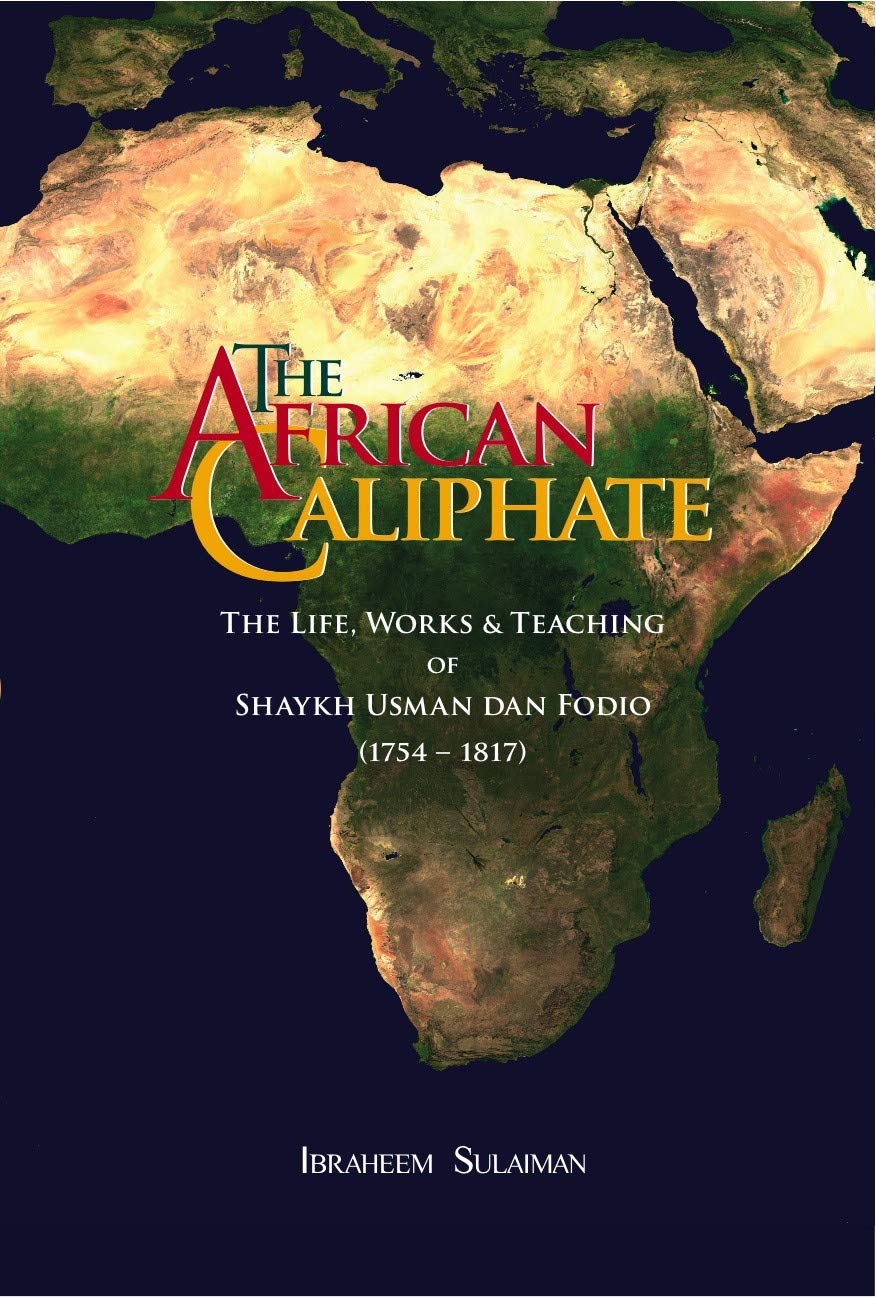





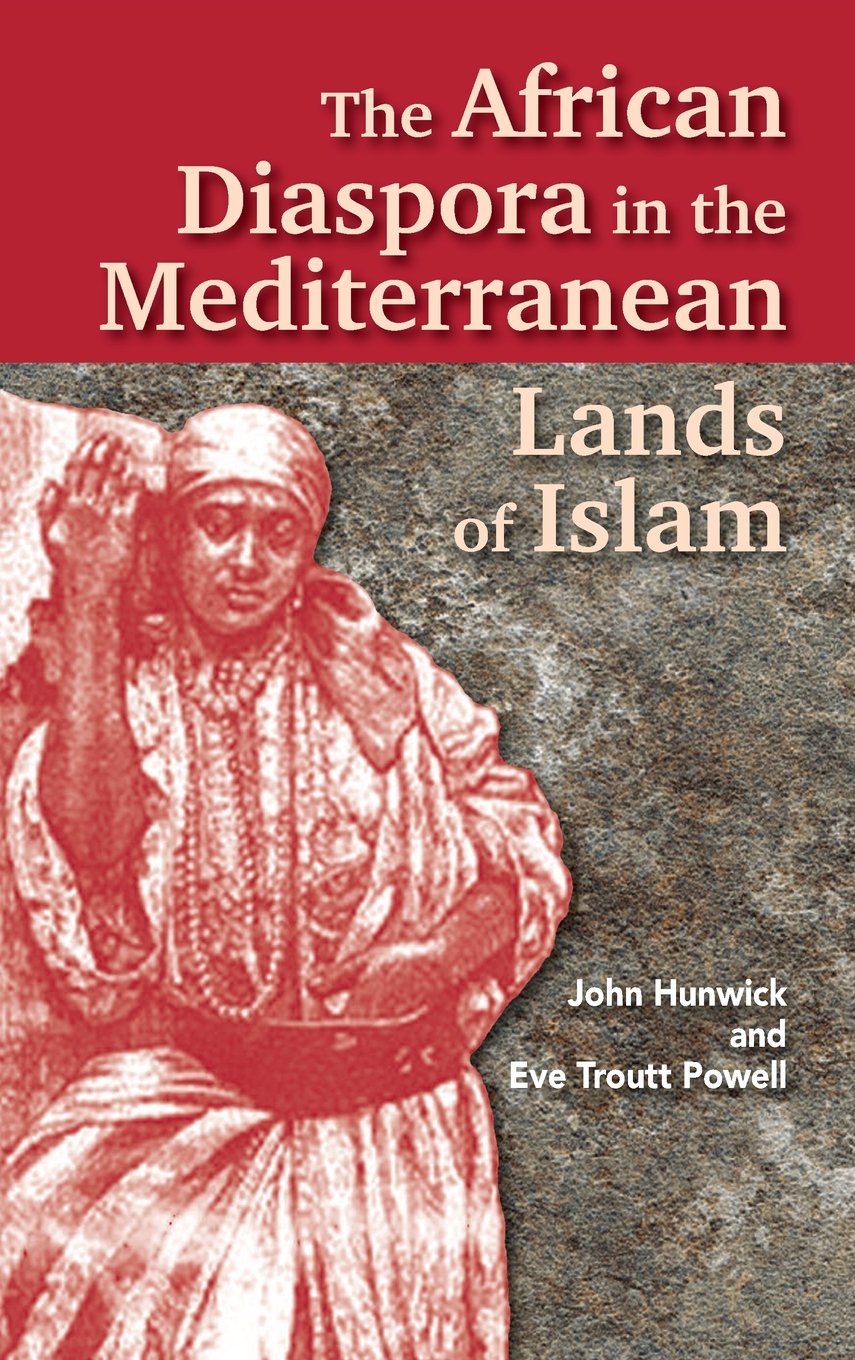

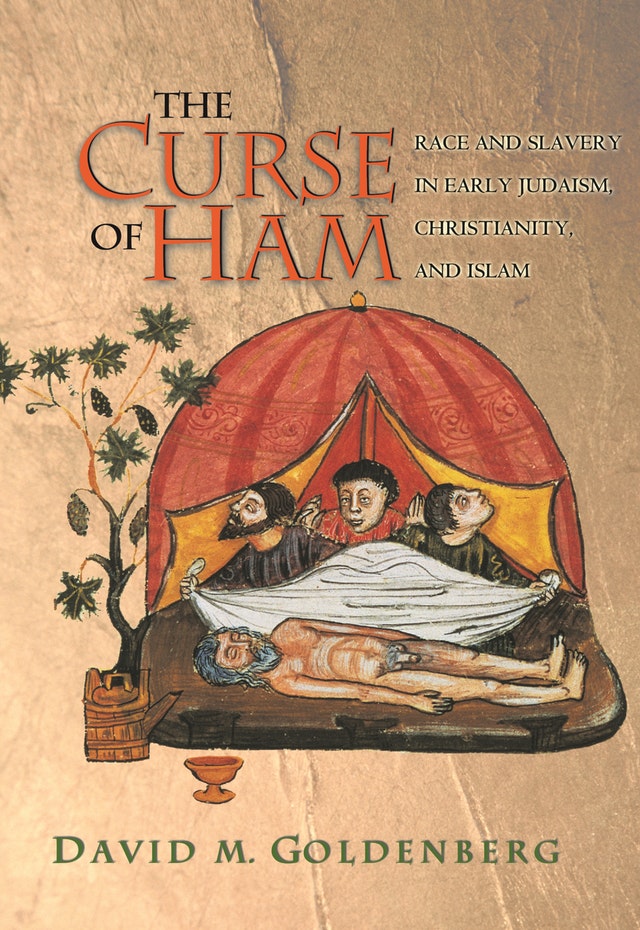



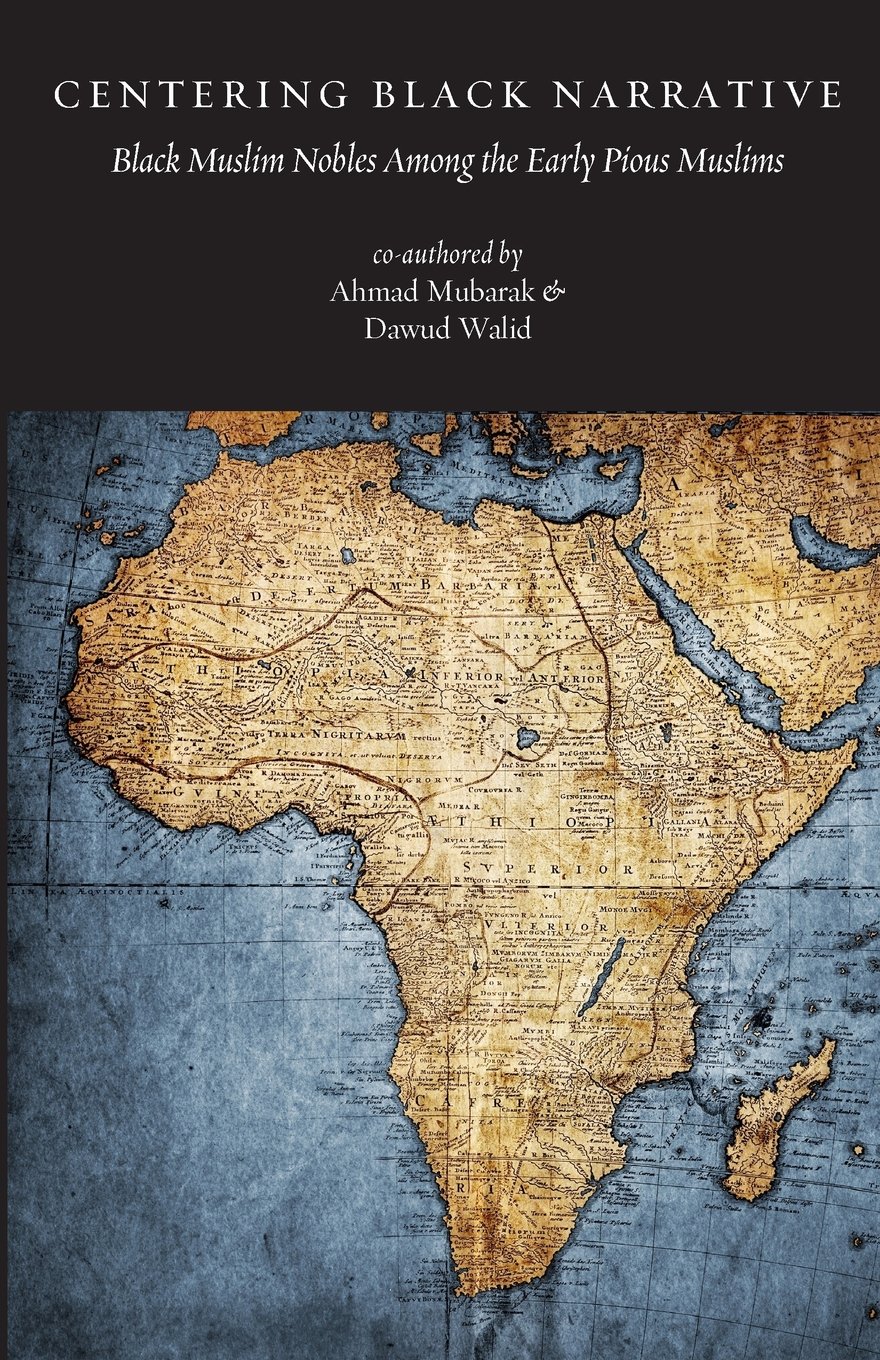


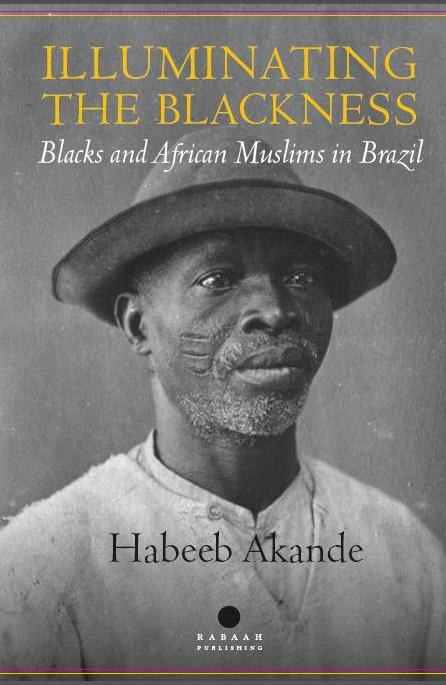


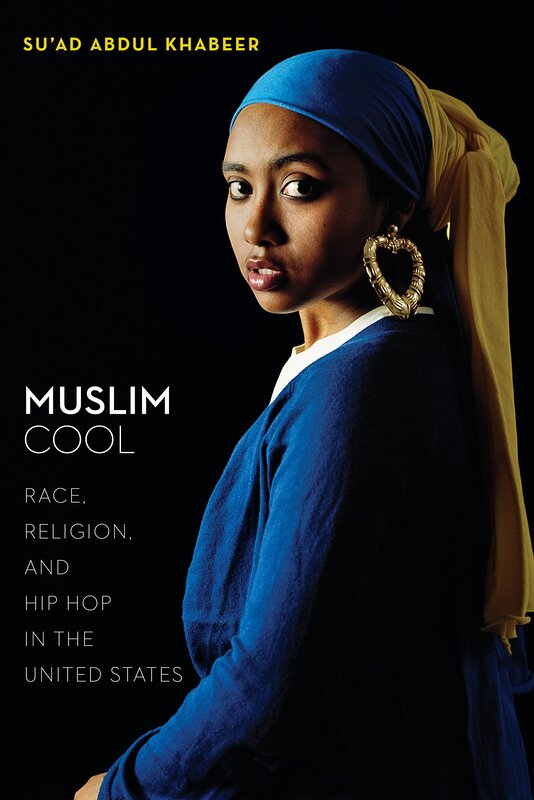
 RSS Feed
RSS Feed